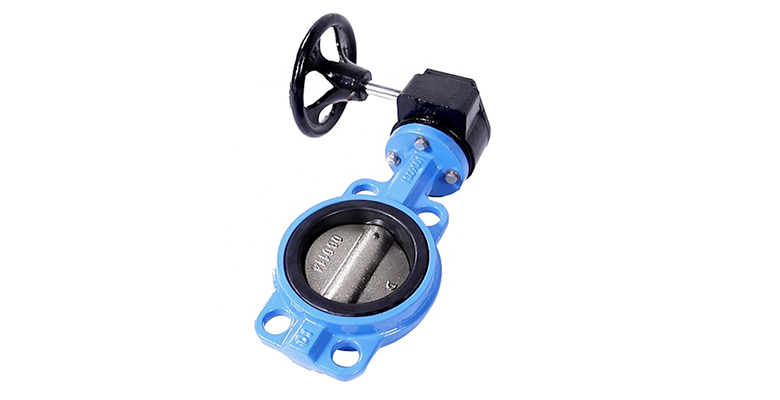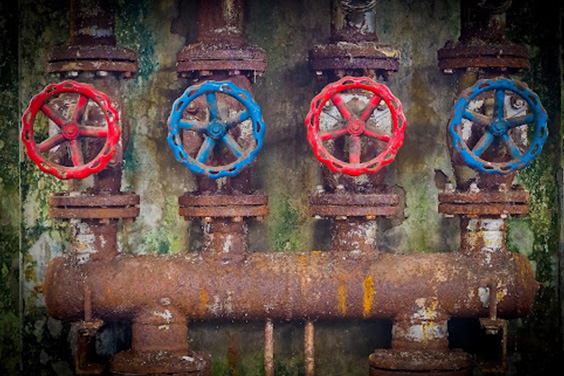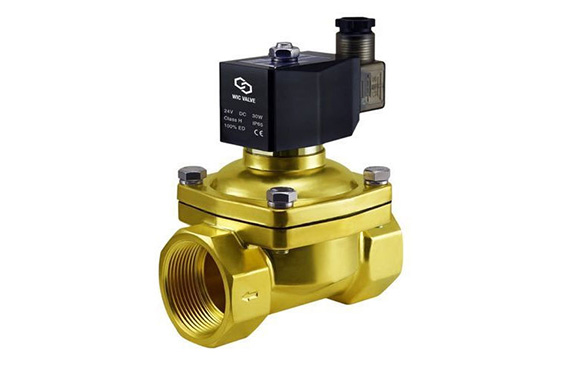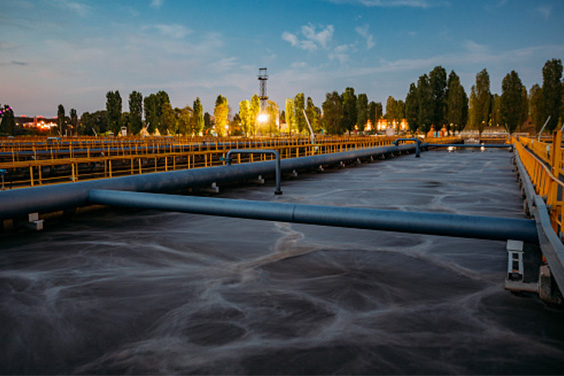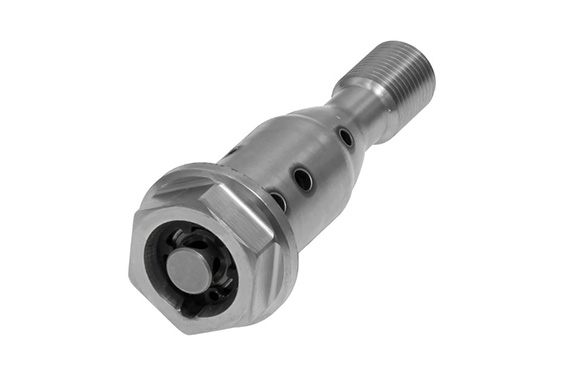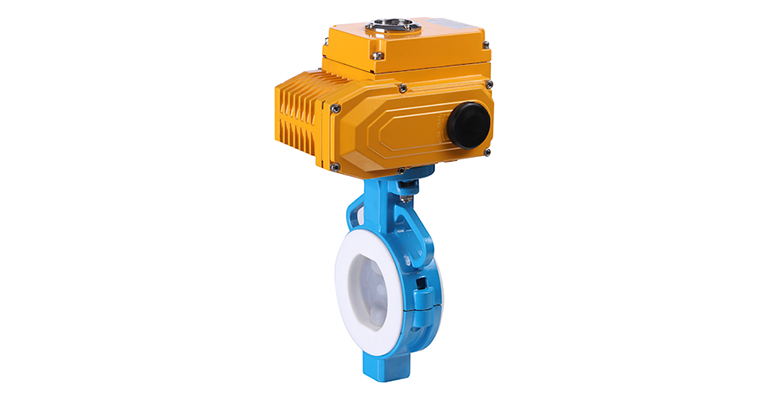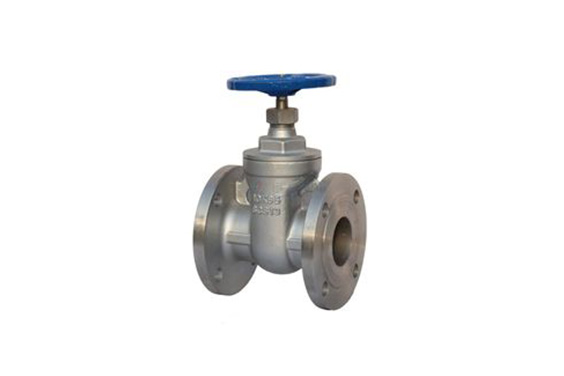When we talk about industrial machinery and processes, valves are the most important part. For any type of process, there is a valve available that can be used to control the process. Ball valves are one of the most commonly used industrial valves. They are commonly used in different industries because they are easy to install and use.
However, there are many people who do not know exactly how a ball valve works. So here’s an explanation!
What is a Ball Valve?
Ball valves are on/off mechanisms with a quarter-turn. The valve’s movable ball in the center regulates the flow of gas or liquid media.
The rotating ball, often referred to as a rotary ball, has a bore in the middle of it. The ball is rotated to open or close the valve via a stem on its top. The stem can be turned manually or automatically using levers.
Steel, iron, brass, bronze, or PVC are the materials that ball valves are most frequently composed of.
The Main Components of the Ball-type
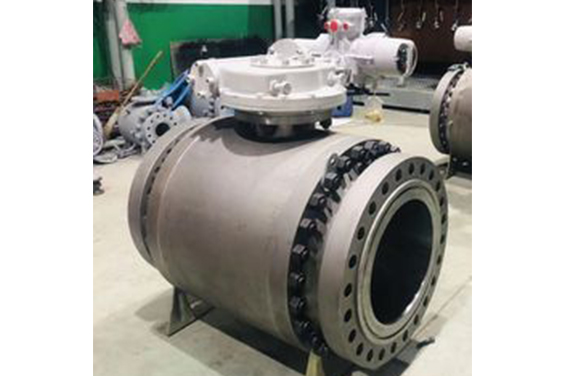
Metal disk
A metal disk with rounded corners called a stem or stem seat is attached to one end of each chamber;
Annular ring
An annular ring around the top half of each chamber (the upper portion), which serves as an airbox when closed;
Rubber
A rubber packing material inside each chamber (the lower portion) between it and its neighbor;
Body of Valve
All of the on/off control components are located in this primary portion of the valve.
Rotating disc
The media flows via the ball’s core bore, which is intended as a hole. By rotating the stem, the ball’s direction can be adjusted.
Stem
This links the ball to the outside control system. For instance, the stem of a manual ball valve is attached to a handle or lever. Discs called seats are placed between the body and the ball. Seats support the ball while also creating a seal between the two.
Energy Source
With the use of manual or electrically powered sources, the ball valve’s stem is turned. Levers and handles used for manual actuation are managed by an operator. There are additional automated power sources like electric, pneumatic, and hydraulic actuation.
Bonnet
The portion of the body that houses the stem and packing is known as the bonnet.
The ball valve has the advantages of simple structure, small flow resistance, and fluid resistance index. In addition to its own advantages, it is a new type of valve with high automation performance. It can be controlled by electric power, pneumatic power, and hydraulic transmission to realize remote control. So, the next question is how does ball valve work.
Ball Valve: How It Works
The working principle of ball valve uses a spherical sleeve as its main body; it has a short rotation distance (0-2 degrees) which makes it easy to change direction during operation; it also has an excellent sealing effect on medium pressure (1-3MPa).
When opening or closing this kind of device through an air hole located at one end or both ends of its shaft respectively; therefore making it possible for us not only easily open/close such device but also to maintain optimum conditions inside our system without affecting our other devices downstream from here such as pumps/valves etcetera.”
The opening and closing parts of the ball valve are composed of a sphere with a through-hole in the middle. When the ball rotates 90 degrees around the valve shaft (or turns 90 degrees), the inlet and outlet holes are connected to form a passage so that the medium can flow through; when the rotation angle is between 0 degrees and 90 degrees, it blocks the passage, stops the medium from flowing, and works as a shut-off device.
The ball valve working principle behind this mechanism is simple: when you open up your faucet to wash your hands or turn on a shower head or flush a toilet for some reason—anything that lets water pass through—you’re actually turning clockwise on one side only (the “end” part). This causes one-half of a two-piece toggle mechanism inside each handle; when turned all around like this without having been cleaned first.
Before knowing how ball valve works, it is important to know its various types. The ball valve has two types: floating ball valve and fixed ball valve according to its characteristics; ball valves can also be divided into full bore ball valves and reduced bore ball valves according to different channels; according to different forms of sealing rings, there are sealing surfaces such as soft sealing, metal sealing, and composite sealing forms.
The ball valve has two types: floating ball valve and fixed ball valve according to its characteristics; ball valves can also be divided into full bore ball valves and reduced bore ball valves according to different channels; according to different forms of sealing rings, there are sealing surfaces such as soft sealing, metal sealing, and composite sealing forms.
The floating type has a small diameter disc with a flat bottom surface for easy installation in any pipe connection. The main features of this type are that it does not require special tools for installation or removal, and it can easily adapt to different sizes of pipes; the main disadvantage is that if there is only one direction flowing through it (for example when using one direction flow), then you need another channel in order to control both directions separately – otherwise, you will get outages due to blockages caused by clogging up your whole system!
How Does A Floating Ball Valve Work?

A stem or shaft that is attached to the top of the ball and rotates it 90 degrees opens and closes floating ball valves (a quarter turn). The wall of the valve body covers or reveals the port as the ball rotates, releasing or stopping the flow of media. Because the stem is loosely connected to the ball, the pressure of the flow forces the ball up against its downstream seat, forming a tight seal as the ball turns on its axis.
Because of this, after a certain level of seat wear, floating ball valves may no longer seal as well in very low-pressure situations. This is due to the possibility that there is insufficient media pressure to tighten the seal by pressing the ball on the downstream seat. However, downstream pressure is usually enough to maintain a tight seal even after the seats have started to deteriorate in the majority of applications.
How Does a Pneumatic Floating Ball Valve Work?
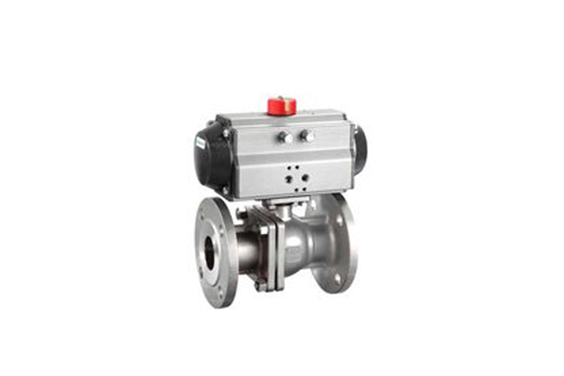
A ball valve with a pneumatic actuator makes up a pneumatic actuated ball valve. It not only saves a lot of labor and material resources compared to manual operation, but it can also control several ball valves at once. The pneumatic ball valve’s actuator propels the valve body fast open and close, with the effect of cutting off within seconds. A pneumatic actuator is also known as a pneumatic quick cut-off ball valve due to its comparatively quick execution, with the fastest switch speed being 0.05s/time. Single-acting and double-acting pneumatic actuators make up the majority of pneumatic ball valves. It is also important to know about the pneumatic ball valve working. Accessories like the triplet, positioner, limit switch, and others that can be used to throttle and regulate flow are included with the pneumatic head. By including a control box, the switch control can also be done from the remote control room.
Compressed air is all that is required to connect the pneumatic ball valve to the actuator. The ball core is rotated 0-90 degrees by the air source, and a very modest rotational torque is used to regulate the ball valve’s switch. To control the opening of the ball core of the ball valve and control the medium flow, the valve positioner can be assembled in accordance with the working conditions.
To open the valve, the ball revolves around the center axis of the valve body. Through its axis, there is a circular path or through-hole. The valve closes tightly when the ball center turns 90 degrees. The valve can be tightly closed with just a tiny rotational moment when the actuator is in operation, enabling the quick cut-off principle.
Advantages and Disadvantages of Ball valve

Ball valves are a popular choice for applications where high flow rates and low-pressure drops are needed.
They offer the following advantages:
- Small size and lightweight, which make them easy to handle;
- They can also be used in remote control systems or other applications where there are limitations on the amount of machinery you can use.
- convenient for opening and closing because no special tools or training is required; however, this can lead to problems if you’re not careful when operating the valve.
The disadvantage of using ball valves lies in their ability to withstand large amounts of pressure without leaking or bursting under pressure – after all, this is what makes them so useful! However, if your system requires more than 3kPa (30psi) then ball valves won’t work for you because they lose functionality at pressures above this value due to their poor resistance index during operation (also known as “leakage”).
Conclusion
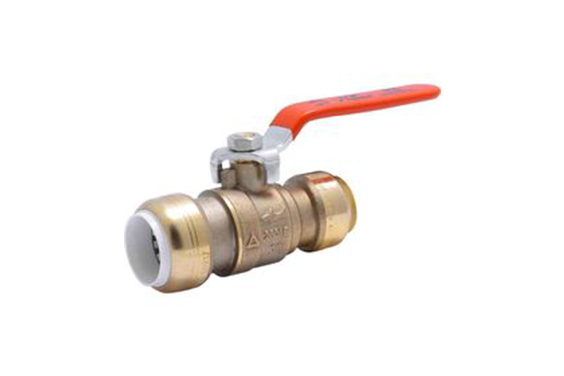
While ball valves are simple in design, they can be very effective in controlling the flow of fluids. If you would like to learn more about how does a ball valve work, or if you need to purchase one for your application, please contact an industrial valve manufacturer.

